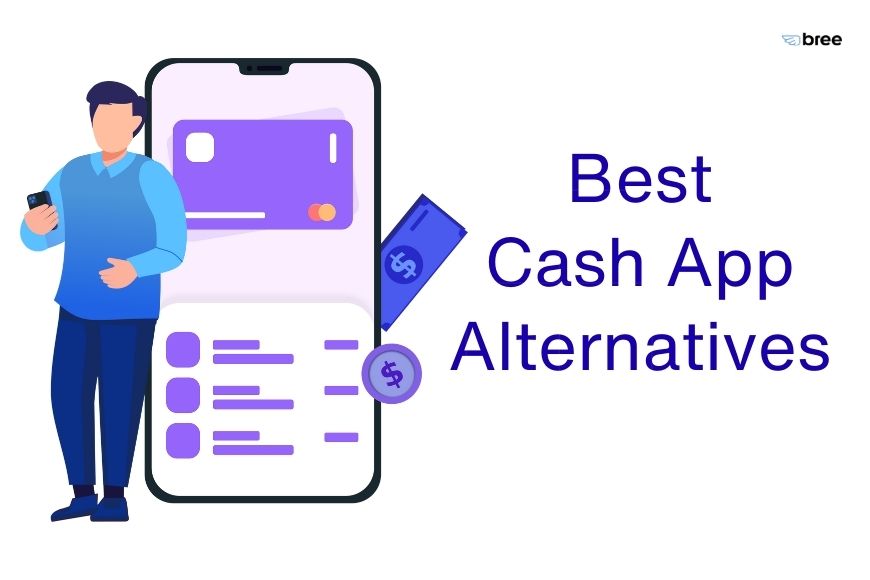No matter what your financial circumstance, setting a budget and sticking to it is crucial in being able to build towards your financial freedom.
What is a budget? A budget is a way to track every dollar that you have. Both for money coming in and for the dollars you spend.
The 50/30/20 rule can be a very effective method of successful budgeting, especially for people who have busy schedules and don't have the time to track all of their expenses. In this article, we outline the quick and easy steps you can take to set up your budget and keep on top of your finances.

Figure out your after-tax income
To get a good initial picture of your finances, figure out your monthly after-tax income. If you receive a regular paycheck, this would be it. Add any other sources of income that you might have (side hustles, business income or contract work). Also be sure to add in any recurring sources of other income, such as Employment Insurance, Ontario Disability Support Program (ODSP) payments, or Canada Recovery Benefit (CRB) payments. If you have any automatic deductions such as RRSP contributions or health insurance made by your employer on your behalf, add those back in to get a fulsome view of your financial picture.
Categorize your income
Once you've figured out your after-tax income, divide this into three buckets:
- Essentials (50%)
- Wants (30%)
- Savings (20%)
Essentials (50%)
These expenses are fixed and unavoidable, and likely include the following: Housing, food, transportation costs, utility bills, the minimum payments on your debts, cell phone payments, and the minimum of clothing and supplies for your daily life.
Here is a list of essentials that can help you plan for your budget:
- Rent
- Renters' insurance
- Mortgage payments
- Property tax
- Utility bills
- Car lease payments
- Car insurance
- Gasoline
- Bus/subway fare
- Health/life insurance
- Dental bills
- Emergency medical bills
- Groceries
- WiFi
- Cell phone bill
- Student loan payments
- Payday loan payments
- Child support
Wants (30%)
The second category, and the one that can make the most difference in your budget, includes the unnecessary expenses that enhance your lifestyle. This can include Netflix subscriptions, dinners out, or your expensive gym membership.
It's easy to confuse wants as essential purchases. A good way to figure out if an expense is a want or an essential item is to ask yourself if you could live without it. If you can, this item is not an essential one.
Here is a list of wants that can help you plan for your budget:
- Dinners out
- Expensive meals
- Alcohol
- Expensive gym memberships
- Going out
- Concert tickets
- Vacation expenses
- Leasing a luxury car
- High end haircuts
- Video streaming memberships
Savings (20%)
Dedicate 20% of your take-home pay toward savings. This includes savings plans, retirement accounts, debt payments and rainy-day funds—things you should add to, but which wouldn’t endanger your life or leave you homeless if you didn’t.
Here is a list of savings items that can help you plan for your budget:
- Registered Retirement Savings Plan (RRSP)
- Tax Free Savings Account (TFSA)
- Savings account
- Investment account
- Extra payments on mortgage
- Late rent payments
- Payday loan repayments
- Extra repayments on student loans

Create your budget
Take steps to start weaving this framework into your life, starting by calculating your after-tax income.
Next, reduce your needs to 50% of your income. If your needs exceed 50%, you need to make some adjustments, like getting rid of your car payment, downsizing your apartment, or cooking at home more.
Minimize your wants to 30%. Cut down on luxuries. Cancel some of your subscriptions you never use. Do you really need that Amazon Prime membership? Quit Equinox and start going to your local community gym.
Put 20% of your income towards savings. Pay down your credit card. Open up a brokerage account. Contribute to your TFSA and RRSP. Start investing towards your future.
Finally, if you can reduce the amount you spend on your wants and needs, you can put more than the prescribed amount towards savings. This is always a good idea.
Join our newsletter to get the latest updates





